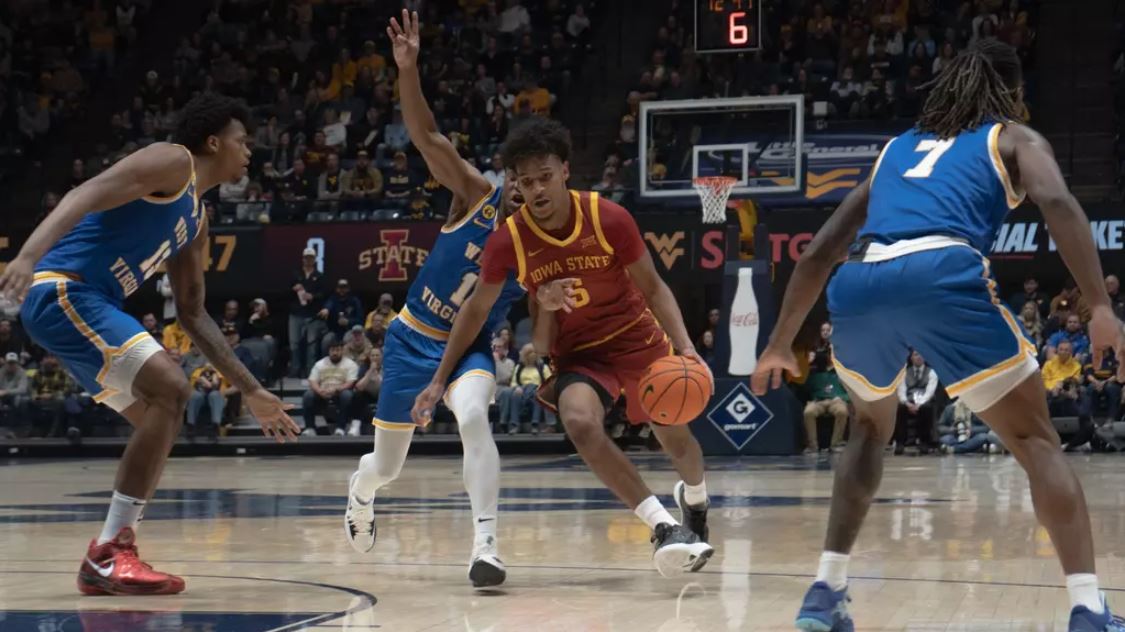Orchestra members rely on each other — not a conductor
November 4, 2003
The house lights dim. The concertmaster walks on stage and tunes the ensemble. The conductor enters and the concert begins. This is the expected sequence of events.
But at Stephens Auditorium Tuesday, no conductor will be present. The Prague Chamber Orchestra plays without one and hasn’t for more than 50 years.
“The orchestra was founded 52 years ago and the idea was to play without a conductor,” says Libor Kanka, second violin section leader.
Kanka has been playing with the Chamber Orchestra for nine years. He says they have used a conductor only on rare occasions. The reason for not having a conductor stems from the history and tradition of chamber music.
“People have to listen to each other more closely [in chamber music],” Kanka says. “In a symphony, the musicians follow a conductor.
“With us, the music is guided by the musicians listening to their colleagues — in their section and across the ensemble.”
Their repertoire comes mainly from classical composers including Haydn, Mozart, early Beethoven and Schubert. The instrumentation used by the ensemble comes from the early Romantic period.
The orchestra consists of 34 musicians, including six first violins, six second violins, four cellos, four violas, two double basses, flutes, oboes, clarinets, bassoons, horns, trumpets and one timpani.
Tuesday night’s concert will feature the Eroica Trio, made up of pianist Erika Nickrenz, violinist Adela Pena and cellist Sara Sant’Ambrogio, for Beethoven’s “Triple Concerto.”
“This is a first time collaboration with the Trio,” Kanka says.
In October, Eroica released a new CD, featuring the Prague Chamber Orchestra in the same piece. Kanka says so far, the collaboration has been working quite well.
“Both sides are very pleased with the collaborations and thinking about future opportunities,” Kanka says.
The tour lasts about a month and includes 21 concerts across the United States. This is the orchestra’s 15th U.S. tour. Over the years it has performed more than 620 times in the U.S. and Canada. One of the more intense tours lasted three months and boasted 72 performances, Kanka says.
Kanka, who was born in Prague, says he began playing the violin when he was between four and five.
“My father was a violinist and so are my brothers,” Kanka says. “I came from a musical family, so I am following the family tradition.”
Before becoming part of the Prague Chamber Orchestra, he played with a string quartet for 15 years.
“I prefer this kind of work,” Kanka says. “Chamber orchestra is what I enjoy.”
The talent of these musicians will be easily viewable, as soloing with an orchestra without a conductor is very difficult, Kanka says.
“In a symphony orchestra, the orchestra watches the conductor and the soloist watches the conductor — he acts as a link, a guide,” Kanka says. “I think soloists appreciate this more. It is more difficult, but it can be better.”
Kanka says this connection is strengthened by the longevity of the musicians’ time with the orchestra.
One of the musicians has been with the orchestra for more than 30 years.
Listening is the key to any good ensemble, Kanka says.
“Symphony musicians shouldn’t rely so heavily on a conductor,” Kanka says. “Musicians have to listen to each other.”
Who: Prague Chamber Orchestra and Eroica Trio
Where: Stephens Auditorium
When: 7:30 p.m. Tuesday
Cost: $17.50 – $21.50 students, $31.50 – $41.50 public






